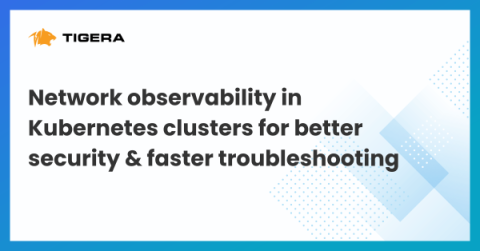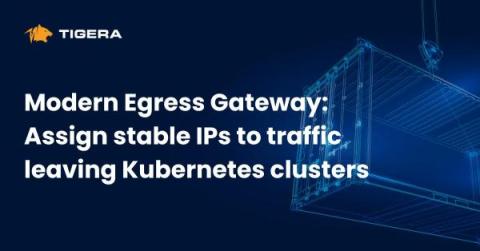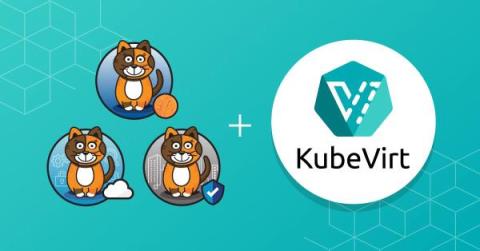Network observability in Kubernetes clusters for better security and faster troubleshooting
For DevOps and platform teams working with containers and Kubernetes, reducing downtime and improving security posture is crucial. A clear understanding of network topology, service interactions, and workload dependencies is required in cloud-native applications. This is essential for securing and optimizing the Kubernetes deployment and minimizing response time in the event of failure.






